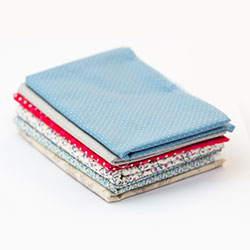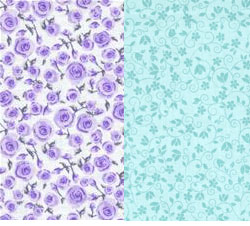This is another presser foot I use all the time. Most machines come with them– but if you don’t have one, you are missing out. I use this for anyplace I need a little 1/8″ rolled hem. All you experience sewers will say “Gee everybody has those” but more than half the students I have had take seminars have seen it but have no idea what it is for. In a later post I will do a video of using it. It quickly and efficiently will make a neat and tidy hem where you need one, in small enough scale for doll dresses. These have been around for machines for well over 100 years! The old machines often had the hemmer foot in five or six sizes— for wider hems.
I wanted to put it on with a link to one with a reasonable price.Sewing machine shops tend to sell attachments at higher prices although many consider it a service to carry them and sell them reasonably. If you have to buy one be sure it is made for the type machine you have.
Do check the attachments that came with your machine! I have never bought a machine that didn’t include this basic tool, but if you bought a used machine it could be missing.
Leave questions or comments below. You will NOT be spammed or get a bunch of emails!

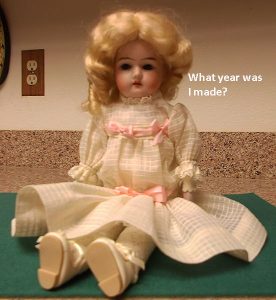
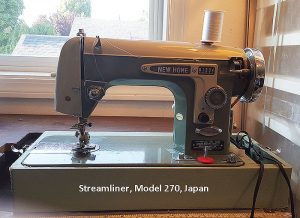
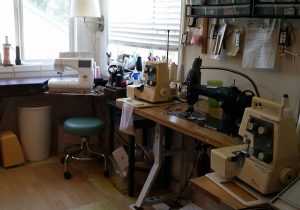
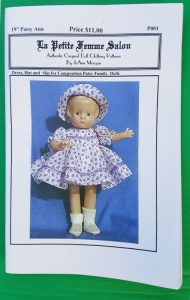
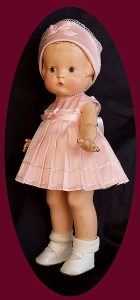
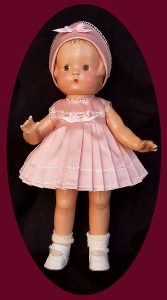
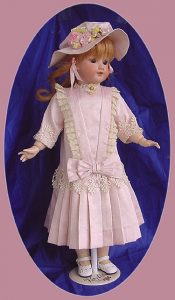
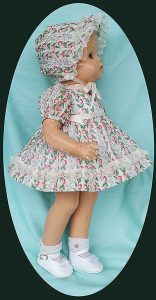

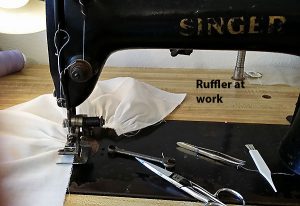
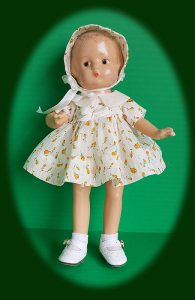
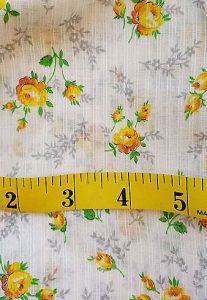
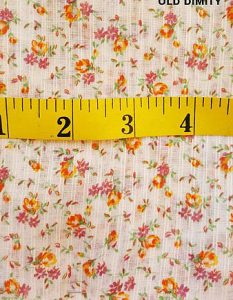
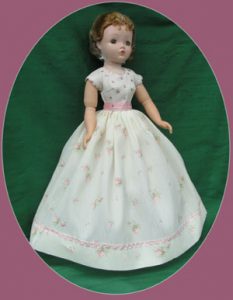
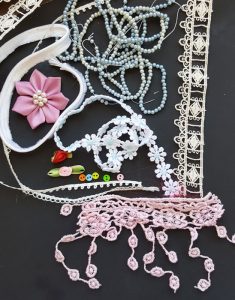
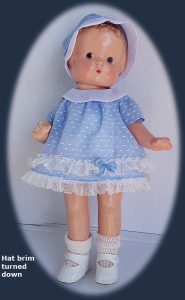
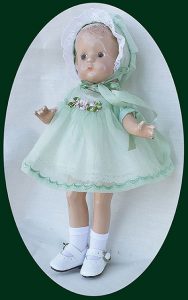
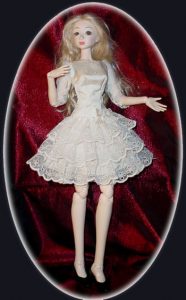
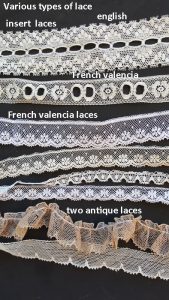
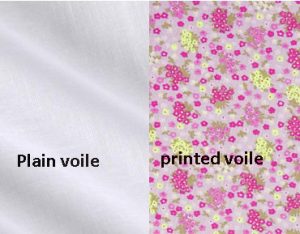


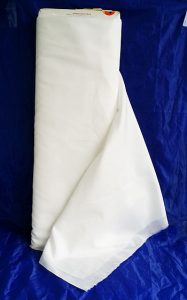
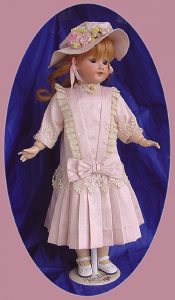
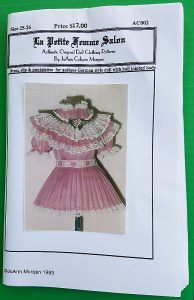 This dress was made using one of my basic patterns offered for sale
This dress was made using one of my basic patterns offered for sale 